How to become a designer? – Strate
How to become a world-class designer?
If you want to be a designer; if you are passionate about creating; and if you want to solve problems through good design and make life easier for others, read on about how we can make it happen for you.
Definition of Design
The World Design Organization (WDO) defines design as a strategic problem-solving process that drives innovation, builds business success, and leads to a better quality of life through innovative products, systems, services, and experiences.
The designer is thus a professional who designs objects, services, user experiences, and innovative systems to solve problems of use, with the aim of improving the lives of users.
To do this, the designer uses different approaches:
- Works with empathy for the end user
- Analyses usage scenarios
- Has a 360 degree vision of the cycle of innovation and business processes
- Identifies and interfaces with the other stakeholders involved in the project
- Applies creativity during all stages of project development
- Proposes innovative solutions that have been quantified at the technical, functional, usage, aesthetic, and environmental levels
- Innovates with the aim of improving the quality of life
Fields of application for a designer
There is a vast scope for designers in different fields. Based on the manufacturing methods and the environment in which the design processes are going to be used, there are a variety of areas in which design can be applied; the common thread being – to put the human being at the centre of the manufacturing process and the development of projects.
Thus,
A PRODUCT DESIGNER designs everyday objects such as tableware, furniture, electric appliances, sport, textile etc.
A TRANSPORT/MOBILITY DESIGNER works on vehicles and modes of transport: cars, trains, boats etc.
A PACKAGING DESIGNER works on the packaging of products based on their brand identity and the desired sales experience. Packaging is crucial to all products, be it bottling, food, or packaging of pre-assembled furniture (IKEA).
A SPATIAL DESIGNER works on setting up and innovation of standalone areas, such as stores, lounges, offices, hospitals etc. A spatial designer is to space what a retail designer is to the point of sale, or a stage designer is to a live show.
An INTERACTION DESIGNER works on interactive products that integrate advanced technologies, such as robots, smartphones, HMI, IA, signalling. While a UX Designer is more focused on the interface design, an interaction designer can work in almost any design domain.
A VIRTUAL REALITY DESIGNER works exclusively to develop solutions in the virtual and augmented realities domain. This includes designing virtual sales environment, developing virtual assistants, creating virtual services in medicine, banking, and insurance sectors, as well as the interfaces for accessing these virtual services and products.
A UX DESIGNER makes the experience of the product or service as pleasant and satisfying as possible. They utilize a wide range of methodologies and tools to model the expectations and behaviors of users and offer design solutions.
A SERVICE DESIGNER takes into account user-paths to design solutions that facilitate access to a service. To do this, they analyse the different points of contact between the user-path and the service for the optimization of use.
A GRAPHIC DESIGNER works to develop 2D solutions for print and web. This includes illustrations, interfaces, logo, graphic composition, visual communication. The work of a graphic designer can overlap with that of a UX designer with reference to apps, as well as a motion designer for animations.
Design Thinking
With the process of design extending to project management and even to the management of a company, the job of a designer is becoming increasingly complex.
Design thinking is a methodology that, when integrated with `Design Doing`, enables design and thus the designer to work in areas such as finance, leadership, and business administration. So, it is possible, without being a designer, to study the methods, and apply them globally in the company.
- The design manager leads the design team, in collaboration with the functional centres involved in innovation within the company.
- The director of innovative projects leads multidisciplinary design teams with a firm eye on the end user’s interest during any decision-making process about project development.
- The entrepreneur, as leader of the 21st century, works to steer the company with the methodology of a designer, with a human-centric approach, and the end-user at the heart of all development, at all stages of the development of his company, from product design to branding, personnel management, and financial management.
Along with design, there are other roles designers interact with.
- The 3D Modeller supports the development of design projects in terms of their feasibility and implementation, as well as technical and aesthetic point of view.
- The Modelling Modeller validates the scale, the aesthetic and the functional format of the design projects.
Qualities of a designer
A designer must have:
- Creativity and imagination
- A strong sense of drawing, a keen desire to structure his ideas in a range of techniques in 2D and 3D
- Curiosity and interest about everything, in all fields
- Ability to integrate into multidisciplinary teams
- Well-rounded education
- High sensitivity and an artistic personality
- A desire to understand life and human beings, a liking for humanities
- An international outlook
- An acute sense of responsibility towards user behaviour and for future generations.
Employment Avenues for a Designer
Most frequently, the designer works:
- In a design agency
- Integrated with an industrialist or an SME
- As an independent
- In start-up
The Work Unit of a Designer
As we saw earlier, the designer interacts with many different professionals, in addition to the various managers of the company. Engineers and marketers are two obvious partners, but the designer also works with,
- 3D Modellers
- Model makers
- Craftsmen/Architects
- Researchers


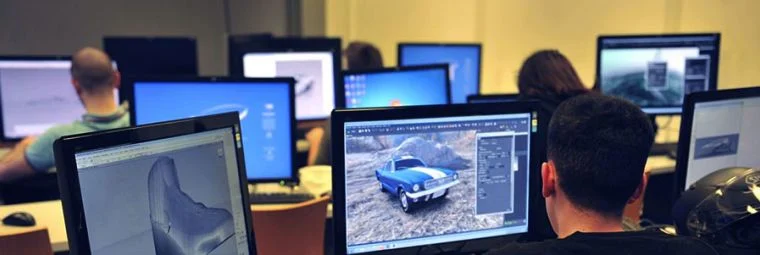
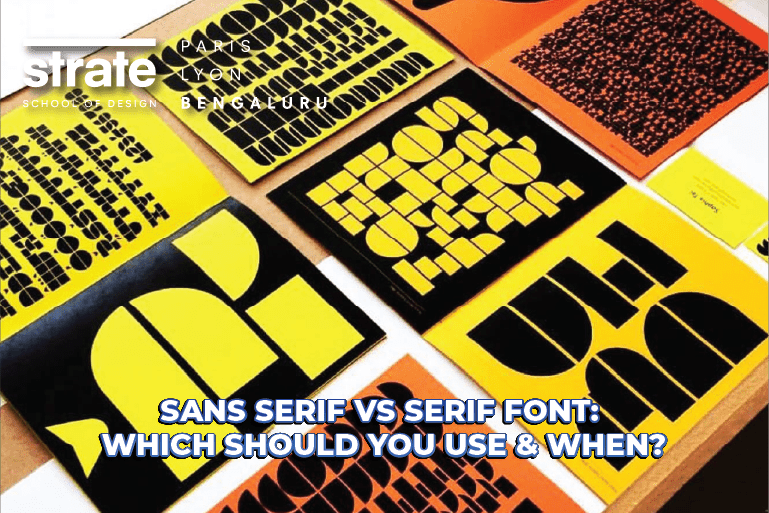
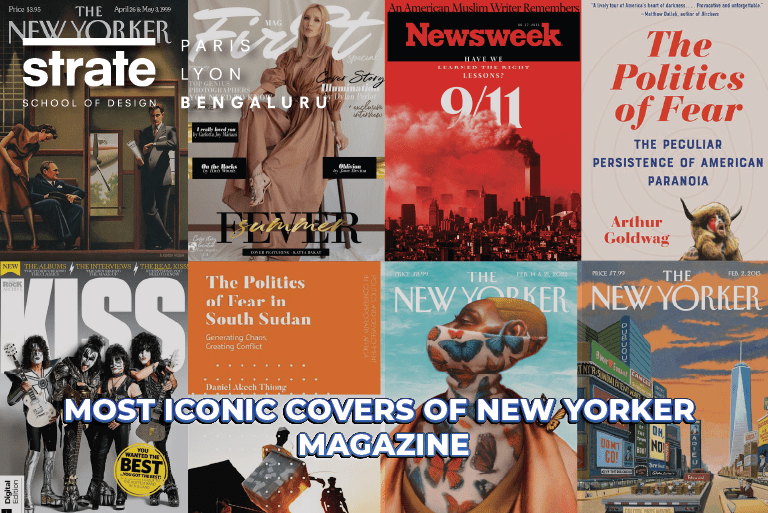
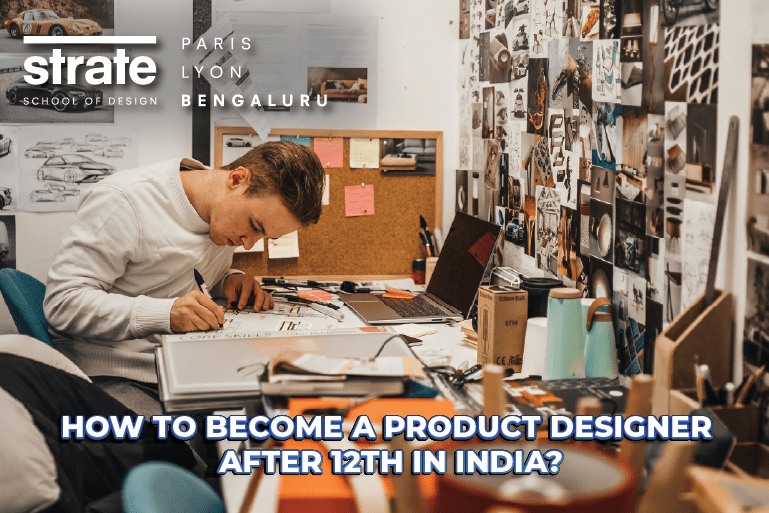
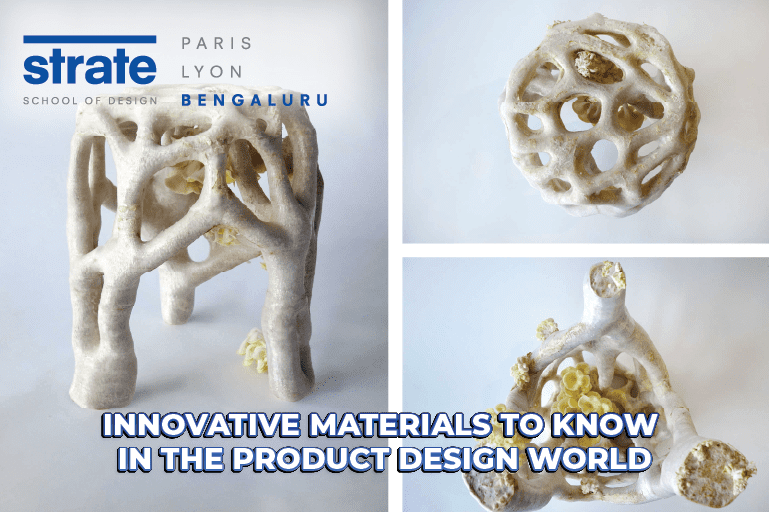

Want to Become a Designer ?
Strate is a unique design school that nurtures your talents as a designer by offering state-of-the art designing courses in Bangalore.
Join Strate